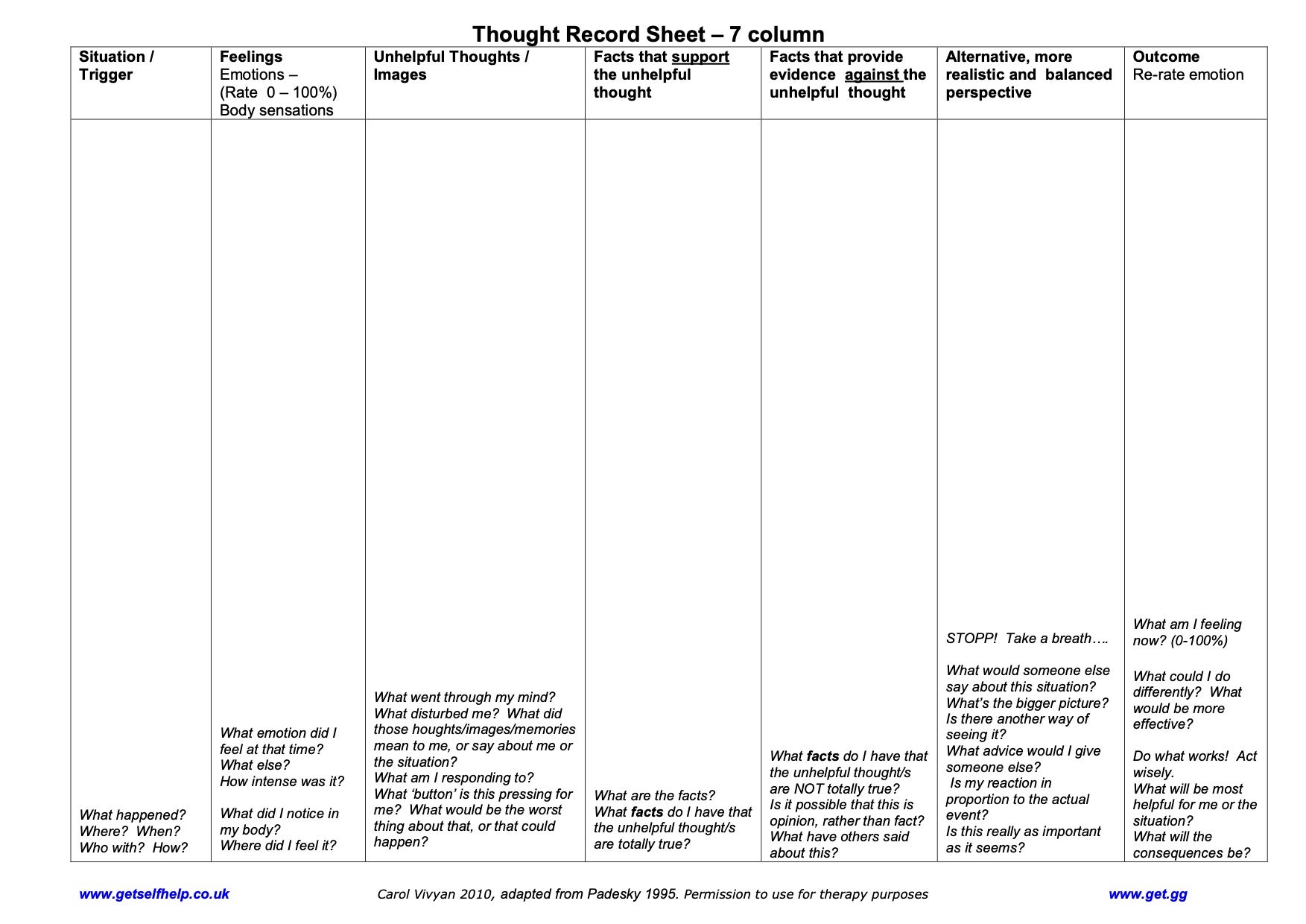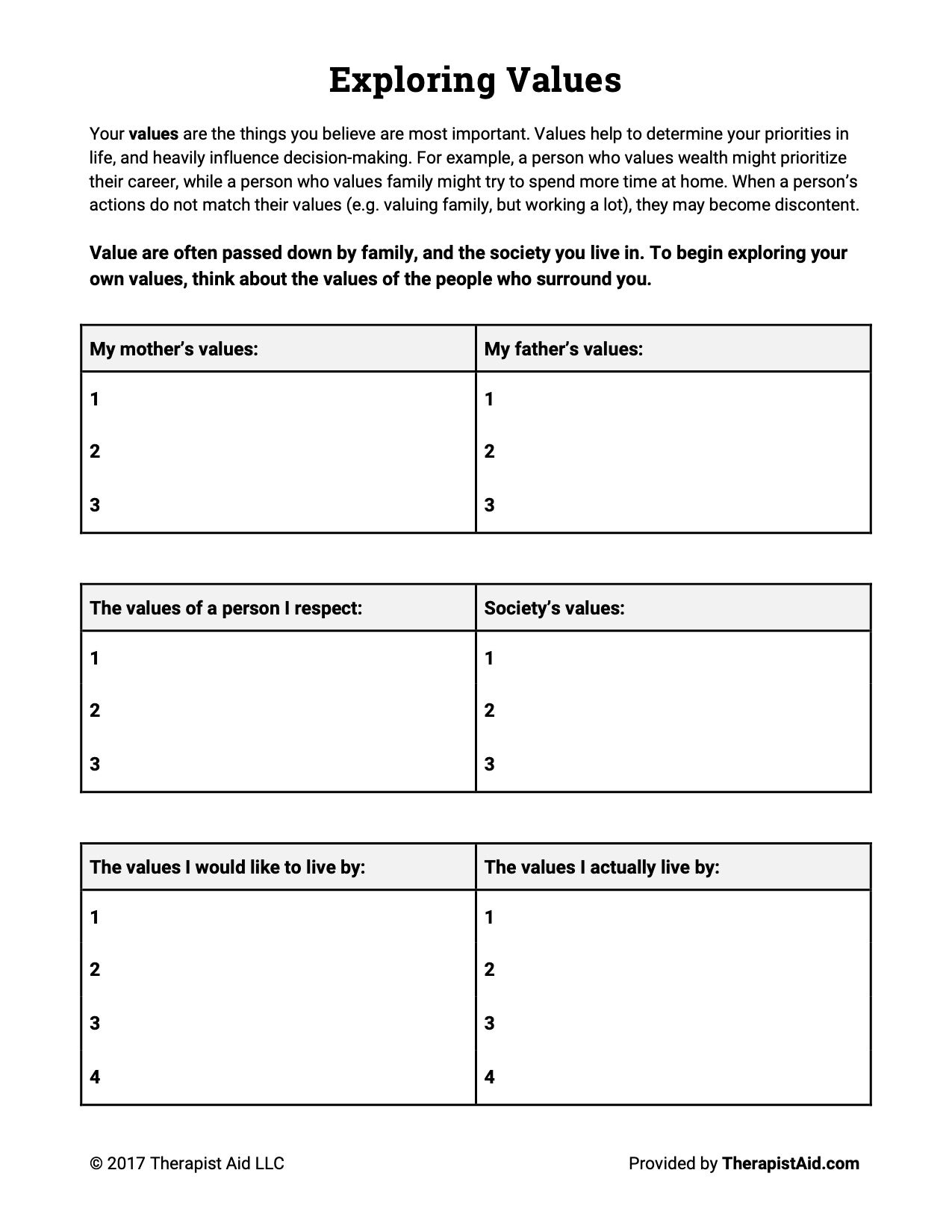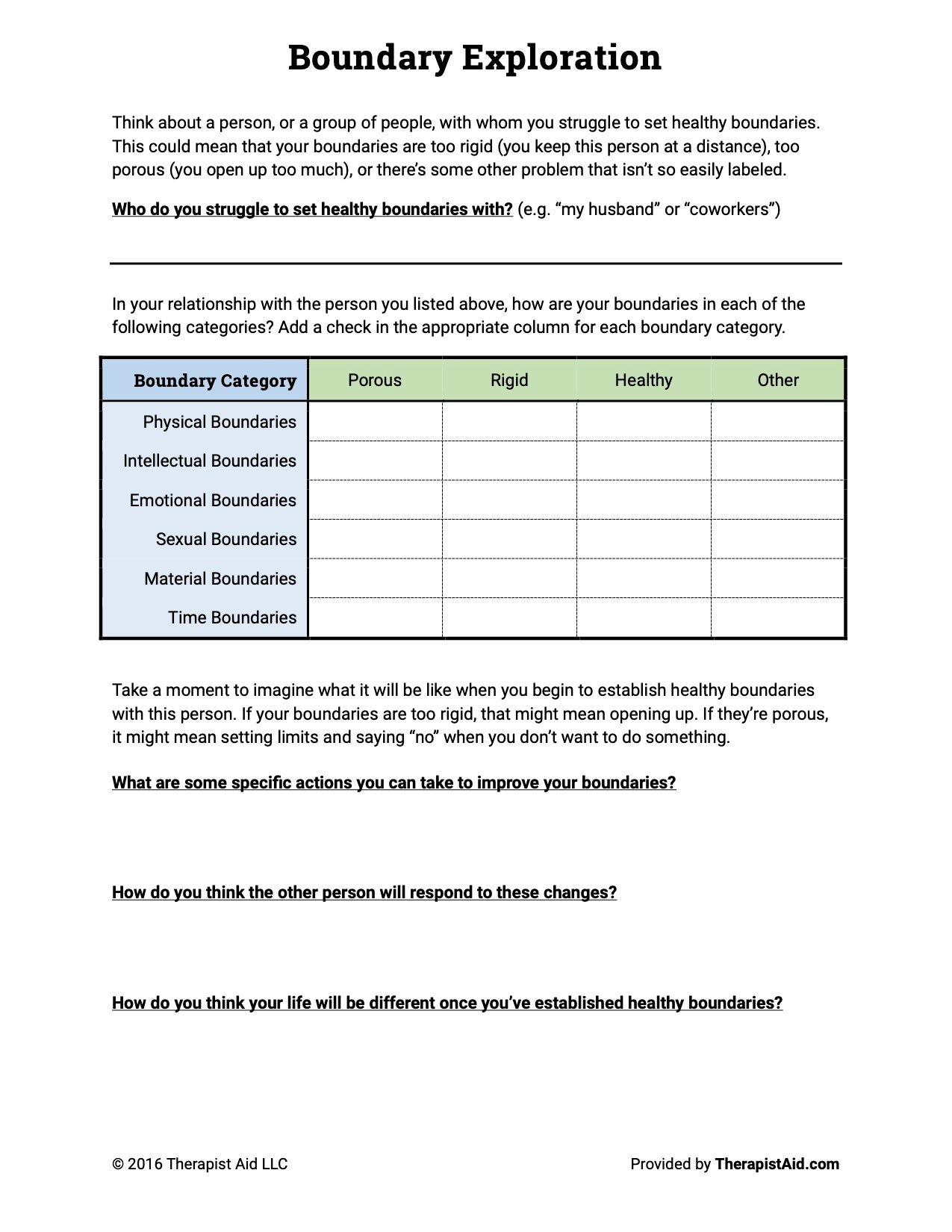Two weeks into quarantine, my buddy Gchatted me with a dilemma. He was offered a new job prior to the pandemic, but there was a catch: It wasn’t the job he applied for. It was a rung lower, making it a lateral move from his current gig that he genuinely enjoys. Under different circumstances, it would have been a no-brainer to stay at his current job, but in these uncertain times, a move to a larger company that offered more long-term stability was something he had to consider.
His difficult call reminded me of the Four-Quadrant Priority System for Tough Decisions, a worksheet a therapist introduced me to years ago. Unlike a regular pros-and-cons list with two columns, the four-quadrant approach evaluates the pros and cons of both making and not making the decision. Essentially, it allows a person to assess their situation from more angles and in a more organized way, just like many worksheets based on cognitive behavioral therapy, or CBT, that are available for free online.
CBT focuses on identifying unhelpful and frequently inaccurate thought patterns that influence behaviors and exacerbate sadness, rage, anxiety and depression, and replaces them with healthier thoughts and beliefs.
Sound like an immense task?
Well, this is achieved the same way one gets to Carnegie Hall — with practice. Therapists often assign written exercises, and multiple studies show that patients who are compliant with this homework tend to have better treatment outcomes.
That said, in the past, mental health professionals didn’t recommend worksheets to people unless they were already in therapy, because they’re best utilized with the guidance of a professional. But as many people lose their jobs and insurance — and cannot afford teletherapy — that’s definitely changing.
“It’s more helpful to fill out these worksheets with a therapist because they can help you assess what’s working, what isn’t, where your blind spots are and where you need help,” explains Abby Lev, a psychotherapist and founder of CBT Online. “But it’s beneficial to practice and fill out CBT worksheets and handouts even without a therapist, too. You can still learn a lot from them.”
My friend ended up turning down the new job, and he told me that using the worksheet helped him confirm that it was the right call. He may never ask for my advice again — homework is, after all, a drag — but when it comes in the form of free therapy during a global crisis, it’s worth sharpening a few pencils for the assignments below.
Thought Record Sheet
Thought record sheets track the circumstances people mostly cannot control, and the thoughts and emotions that follow, which they can almost always get a better handle on. “It’s a great way to logically talk yourself down from getting distressed, especially during the quarantine when tensions may be running high and people may be less rational than usual,” says Dr. Patricia Celan, psychiatry resident at Dalhousie University in Canada

The seven-column grid starts with a situation, like texting a quarantine crush who doesn’t reply. Then there’s the emotional response to that situation in the second column, like feeling sad or rejected, followed by whatever thought is informed by that emotion — e.g., “I’m not attractive or interesting enough.” The supporting evidence goes in the fourth column (e.g., “All the people who’ve rejected me before”), whereas evidence against this thought goes in the fifth (e.g., “All the people I’ve turned down”).
The side-by-side comparison is meant to suggest alternative interpretations of a given situation. Maybe they weren’t by their phone, maybe they started to reply and got distracted or maybe they just didn’t know what to say.
The final step is renaming that initial emotion, or rescoring it, based on the evidence. And so, instead of lashing out with a follow-up message accusing them of ghosting, the feeling of inadequacy can be reframed into something more rational — a la “I’m lonely and want a connection,” or “I feel rejected, but it’s not personal.”
It’s a relatively short walk from an extreme, reactive emotion to a more thoughtful, realistic one. Thought records are basically a roadmap for that.
Mood Tracking Log
Mood tracking logs are similar to thought record sheets, but they organize information in a slightly different way since they focus more on the day and time of situations, thoughts and emotions, instead of the evidence that supports or negates those feelings. (Ultimately, though, the end goal is the same — to break a toxic thought pattern and replace it with a healthier one.)
![]()
Tracking the day and time allows us to take note of when moods tend to be the worst. For instance, research shows most people get slightly depressed in the late afternoon because the reward center of the brain is the least active during this time. “Mood tracking logs can also help people identify particular themes or patterns that impact them such as how sleep impacts their productivity levels, how socializing impacts depression or how drinking impacts their anger,” Lev says.
Values Worksheets
As more people are unable to go to work, pay rent and say goodbye to their dying loved ones, the coronavirus pandemic has been a moment to reflect on what’s most important. The exploring values worksheet is one way to outline this based on upbringing, societal expectations and how a person actually wants to live compared to how they’re currently living.

“It helps people identify their values and the barriers that stop them from engaging in values-consistent behaviors, as well as to come up with effective strategies for coping with these barriers,” Lev says.
Unlike thought records and mood logs, this isn’t a daily exercise as core values don’t change that quickly. But a life-threatening global pandemic and resulting recession is as good a time as any to reflect on what really matters — and perhaps more importantly, what doesn’t.
Boundaries Worksheets
Many people assume others have unlimited time to talk on the phone or take on additional work because there’s nothing else to do right now. This can make setting healthy boundaries with bosses, family and romantic partners all the more challenging, which is where this simple inventory comes into play.

In the boundaries exploration worksheet, boundaries are categorized as physical, emotional, intellectual, sexual, material or time and scored as porous, rigid or healthy. As much as porous boundaries can turn you into a doormat, having ones that are so rigid that you’re unwilling to collaborate with your colleagues, answer the phone when your mom calls or emotionally support your spouse, the overcorrection can make you kind of a dick.
Intimacy Exercises
“Homework is especially important in couples therapy,” Lev tells me. “The best predictor of successful couples therapy and improvement in relationship satisfaction is partners following through on homework exercises that are assigned outside of therapy.”

That means there’s a shitload of exercises for couples in quarantine who want to strengthen their relationships. In particular, Celan recommends the “About Your Partner Worksheet” and “36 Questions to Fall in Love” as a different kind of home improvement project over these next few weeks. “They’re great for new couples to build their connection, and for long-term couples who need to find that spark again,” she explains, “especially now that many people are finding that their partner gets on their nerves the more they’re quarantined together.”

